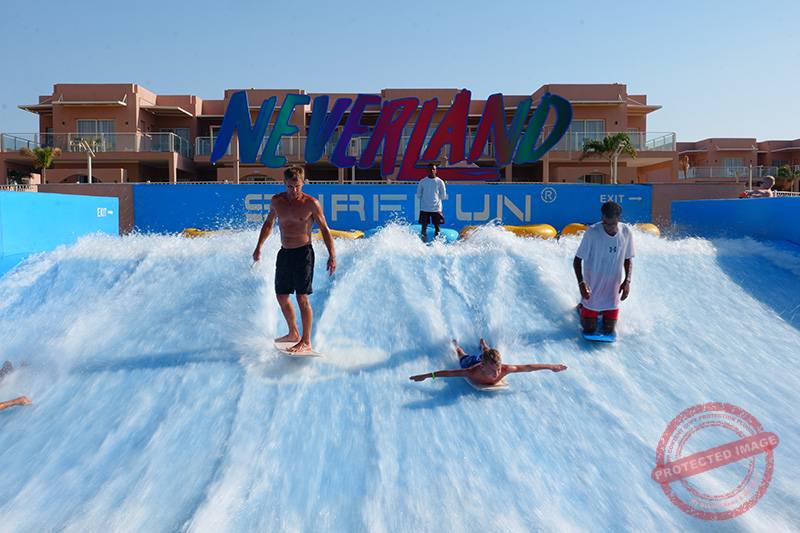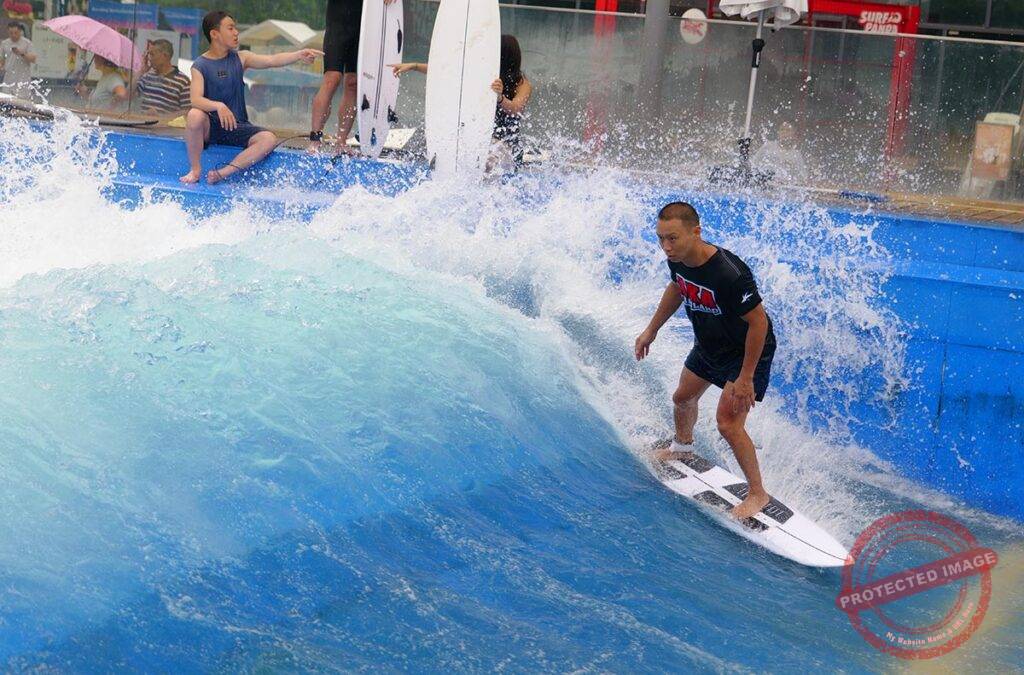How to choose water park equipment?

How to Select Water Park Equipment for Optimal Performance and Guest Satisfaction
When planning a water park, the selection of equipment is a critical decision that impacts safety, guest experience, and long-term operational success. Below are key considerations to guide the equipment selection process.
Understanding Target Demographics and Market Trends
The foundation of equipment selection lies in analyzing the intended audience. Different age groups and visitor types have distinct preferences: families with young children prioritize safety and interactive play areas, while teenagers and young adults seek thrilling rides like high-speed slides or wave pools. Conducting market research to identify local visitor demographics ensures equipment aligns with demand. For example, a park in a family-oriented region might prioritize shallow-water play zones and gentle slides, whereas a destination targeting adventure seekers could invest in complex water coasters or vertical drop towers.
Staying updated on global trends is equally vital. Innovations such as virtual reality integration on slides or eco-friendly water recycling systems can differentiate a park. Interactive elements, like motion-activated water effects or themed storytelling through rides, enhance engagement. Monitoring industry reports and competitor offerings helps identify gaps in the market, allowing parks to introduce unique attractions that capture attention.
Prioritizing Safety and Compliance
Safety is non-negotiable in water park design. Equipment must adhere to international standards such as ISO 9001 for quality management and ASTM F2376 for water slide safety. Certifications like CE (Conformité Européenne) indicate compliance with European safety norms, which are widely recognized globally. Beyond certifications, evaluate the structural integrity of materials—fiberglass reinforced plastic (FRP) is commonly used for slides due to its durability and resistance to corrosion.
Design features also play a role in safety. For instance, slides should have gradual slopes to prevent high-speed collisions, and wave pools must include clear depth markers and lifeguard stations. Emergency protocols, such as accessible first-aid stations and trained staff, should be integrated into the park layout. Regular safety audits and staff training on equipment operation and rescue techniques further mitigate risks.
Balancing Innovation and Practicality
While novelty attracts visitors, practicality ensures sustainable operations. Innovative equipment, like transparent tunnel slides or modular water play structures, can create viral social media moments, boosting a park’s visibility. However, such features must align with the park’s theme and space constraints. For example, a compact urban park might opt for vertical rides to maximize land use, while a sprawling resort could incorporate lazy rivers that weave through landscaped areas.
Maintenance requirements are another practical consideration. Equipment with self-cleaning mechanisms or corrosion-resistant materials reduces downtime and operational costs. Additionally, modular designs allow for easy updates or replacements, extending the lifespan of attractions. Collaborating with engineers during the planning phase ensures equipment fits seamlessly into the park’s infrastructure, avoiding costly modifications later.
Enhancing Guest Experience Through Layout and Amenities
The arrangement of equipment significantly influences visitor flow and satisfaction. High-capacity rides like wave pools or large water slides should be positioned near entrances to distribute crowds evenly. Quieter zones with shallow pools or splash pads for toddlers can be placed away from thrill-seeking areas to minimize noise and congestion. Clear signage and digital maps help guests navigate the park efficiently, reducing frustration.
Amenities such as shaded seating, lockers, and food courts enhance convenience. For example, placing snack bars near popular attractions encourages visitors to spend more time (and money) in the park. Restrooms and changing rooms should be strategically located to serve both active play zones and relaxation areas. Accessibility features, like ramps for wheelchairs and sensory-friendly hours, ensure inclusivity for all guests.
Long-Term Sustainability and Adaptability
Water parks must evolve to remain competitive. Selecting equipment with modular components allows for future upgrades without complete overhauls. For instance, a basic slide can be retrofitted with LED lighting or sound effects to create a nighttime attraction. Investing in energy-efficient pumps and water filtration systems reduces environmental impact and operational expenses.
Climate resilience is another long-term consideration. In regions prone to extreme weather, equipment should withstand high winds or heavy rainfall. Floating ride platforms or retractable roofs can protect attractions during storms. Partnering with suppliers that offer warranty services and spare parts ensures quick repairs, minimizing disruptions to park operations.
By focusing on demographics, safety, innovation, guest experience, and sustainability, water park operators can curate a mix of equipment that delights visitors while ensuring profitability and longevity. Continuous evaluation of performance metrics, such as ride popularity and maintenance costs, allows for data-driven adjustments to the attraction lineup over time.
